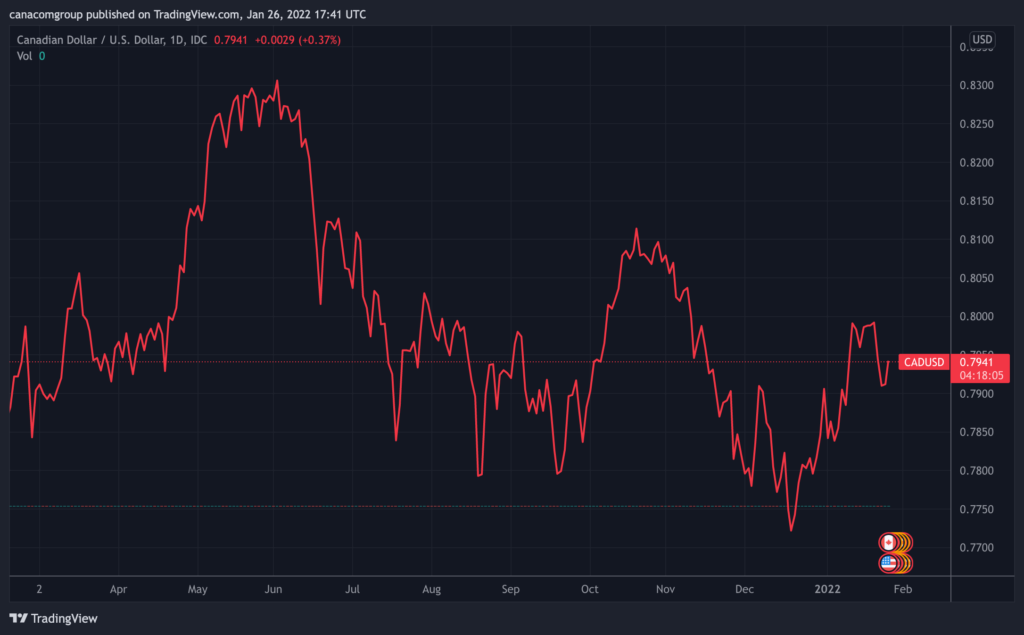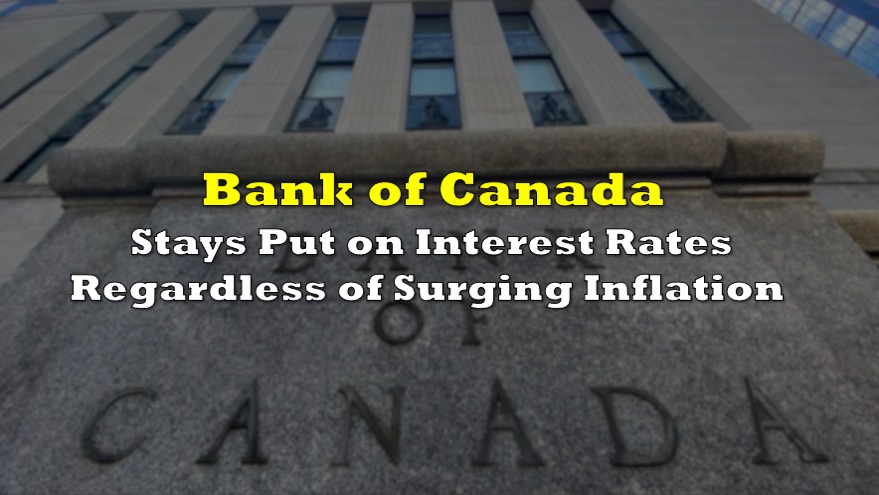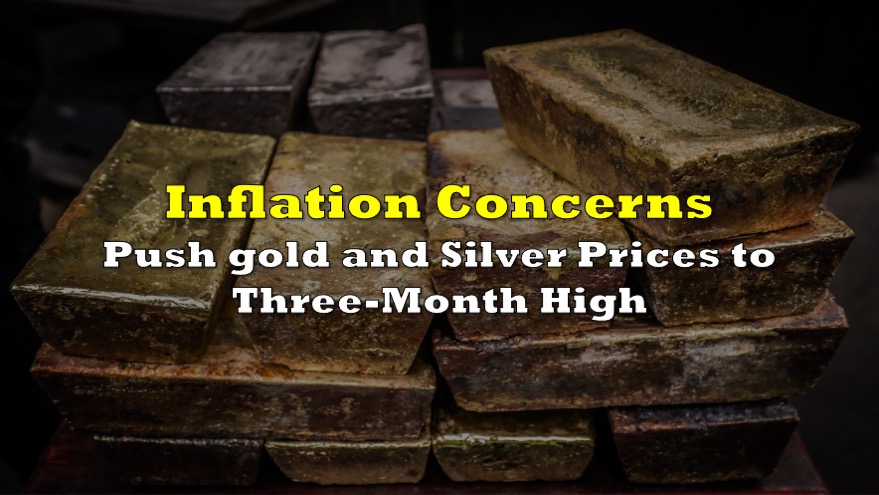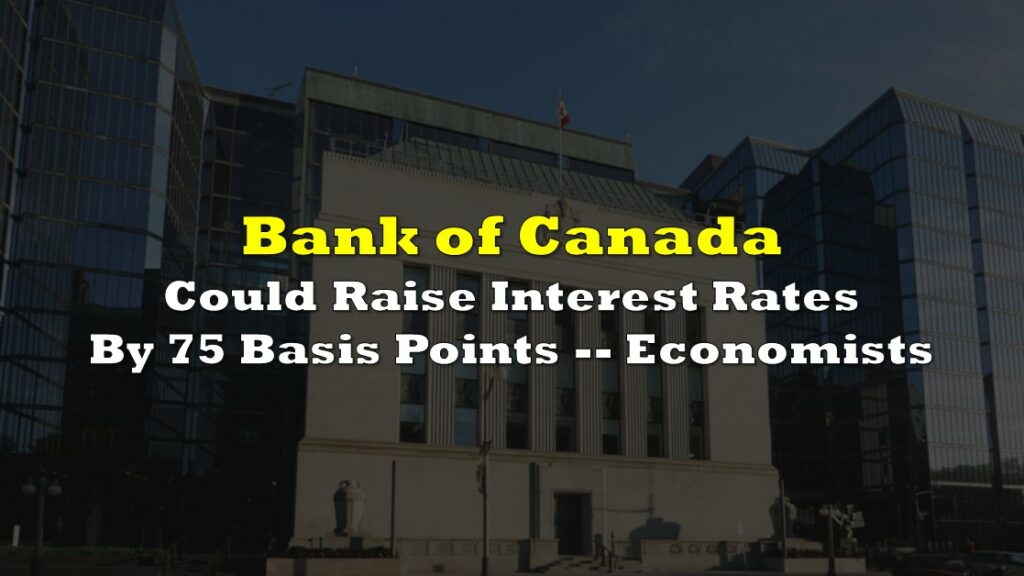Despite surging inflation for just about anything and everything, an out of control housing market, burgeoning labour shortages, and worsening supply chain woes, the Bank of Canada has decided to keep interest rates in tact at 0.25% for a little bit longer.
Markets woke up widely surprised on Wednesday morning, when the Bank of Canada refrained from raising borrowing costs despite out of control inflation pressures and substantially improving economic data. Among its reasons for staying put on its historically low 0.25% benchmark rate, the central bank cited a decline in economic growth, with the real estate sector dragging down annual GDP output by 0.7 percentage points in 2022 amid stronger-than expected housing demand, decline in household savings, and higher mortgage rates.
As such, the Bank of Canada slashed its overall GDP forecast for this year and the next by 0.3 and 0.2 percentage points, respectively, amid deteriorating supply chain disruptions, tightened public health restrictions related to the Omicron variant, slowdown in exports, and reduced government spending. However, the central bank still anticipates that economic output will increase by 4% in 2022 and again by 3.5% in 2023.
In the meantime, the bank’s forecasts show that global inflation will reach its peak in the first quarter of 2022, while price pressures across Canada remain at an annual 4.2% for the current year— an increase of 0.8 percentage points from October’s forecast, before abating to around 2.3% by 2023. Food prices are expected to remain substantially elevated for longer, due to surging animal feed and energy costs, coupled with supply chain disruptions at processing plants.
The central bank’s abrupt decision to maintain its current policy rate came as a surprise to Canadians, with Bloomberg data indicating the implied probability of an increase at around 70%. Indeed, Canada’s job market has strongly rebounded from its pandemic lows, and has finally surpassed pre Covid-19 levels. Wage growth has also increased, prompting more Canadians to seek better paying jobs and subsequently boost overall productivity.
Following the central bank’s policy decision, the Canadian dollar slumped sharply downwards to around 79.13 cents against its US counterpart, before rebounding to around 79.4 cents at the time of writing.

Information for this briefing was found via the BoC and Bloomberg. The author has no securities or affiliations related to this organization. Not a recommendation to buy or sell. Always do additional research and consult a professional before purchasing a security. The author holds no licenses.









Choke Points: The War on Inflation is Getting Pretty Selective
Inflation is too high, so central banks are raising interest rates to try and bring...